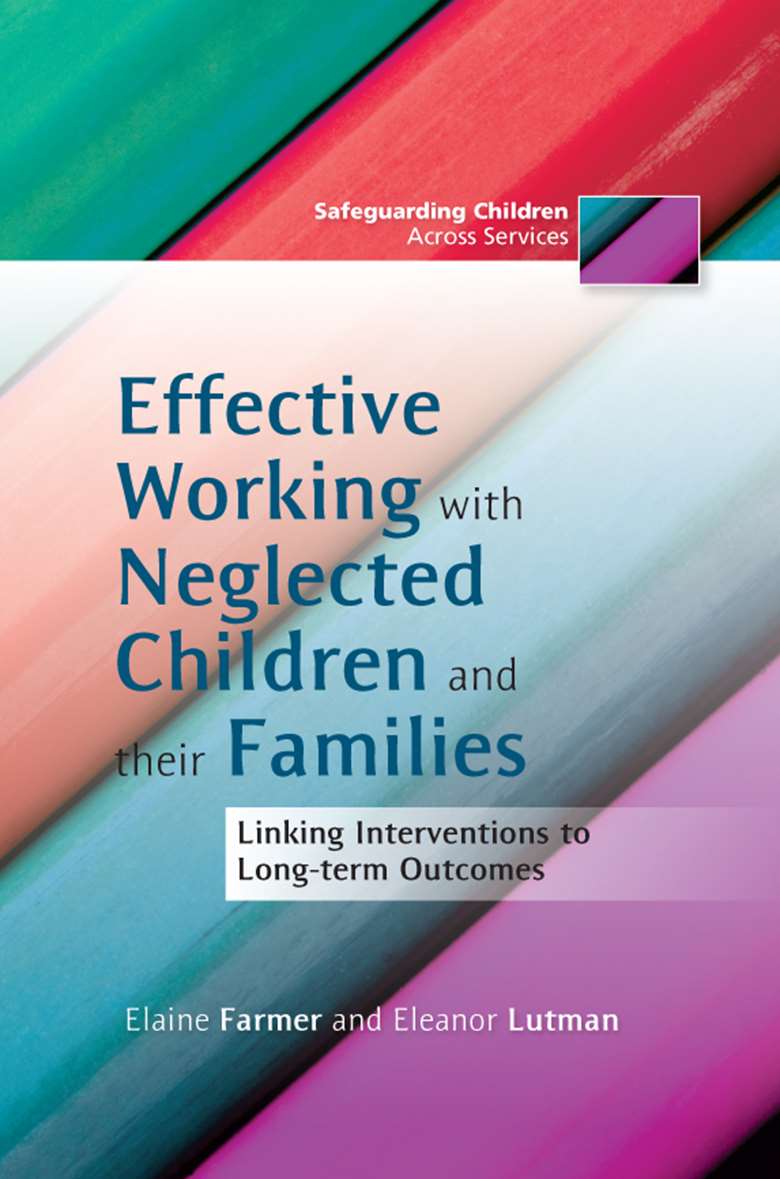Effective Working with Neglected Children and their Families: Linking Interventions to Long-term Outcomes
Kate Mulley
Tuesday, June 11, 2013
Authors Elaine Farmer and Eleanor Lutman; Jessica Kingsley Publishers; ISBN 978-1-84905-288-7; £25; 240pp

For policymakers and practitioners, child neglect remains a confusing and elusive concept. There is a huge gap between common-sense empathy for vulnerable children and the overstretched and bureaucratic systems designed to protect them. This study sets out to address that gap, and it does so robustly.
Farmer and Lutman examine the case histories of 138 neglected children over a five-year period. Focusing on the management of serious cases, it tracks progress once the children have been returned home after a period in care. The evidence gathered is used to highlight what kinds of case management processes and combinations of services can help keep neglected children safe over the long term.
The ingrained problems highlighted by the study, which undermine the effectiveness of our efforts to protect neglected children, are all depressingly familiar. Most clear is the poor match between parents’ and children’s problems and the support that is offered. For example, only 16 per cent of parents who misused alcohol received help. Particularly worrying is the serious lack of support for older children and adolescents, with almost a third of children in the study not receiving any support during the final three-year period.
Farmer and Lutman’s research also highlights how all too often passive case management is reinforced by over-optimism about parents’ capacity to change, missed opportunities, poor record keeping, cases being closed inappropriately, confusion over thresholds and “drift” – “things deteriorating gradually without you noticing”.
The study concludes that in half of the families there was a clear failure to safeguard children, so that the children went on to endure further abuse and neglect that could have been prevented.
This study offers practitioners a unique bird’s-eye view; the key message being that while working with neglect is challenging, the way these complex cases are managed over time will have a profound effect on children’s outcomes.
There is some good news too; the research shows that even for children experiencing the highest degree of problems it is possible to manage cases in a way that will improve their wellbeing. A range of suggestions are made here, including a helpful section listing the predictors of stability and improved child outcomes.
Many of the recommendations, such as increased access to intensive services, are not resource neutral. Time is a resource that is in short supply – but taking time to read this book would be a good investment, helping practitioners to step outside of their day-to-day difficulties and focus on the long-term impact of neglect on the child.
Reviewed by Kate Mulley, head of policy and research, Action for Children
Buy Effective Working with Neglected Children and their Families now




